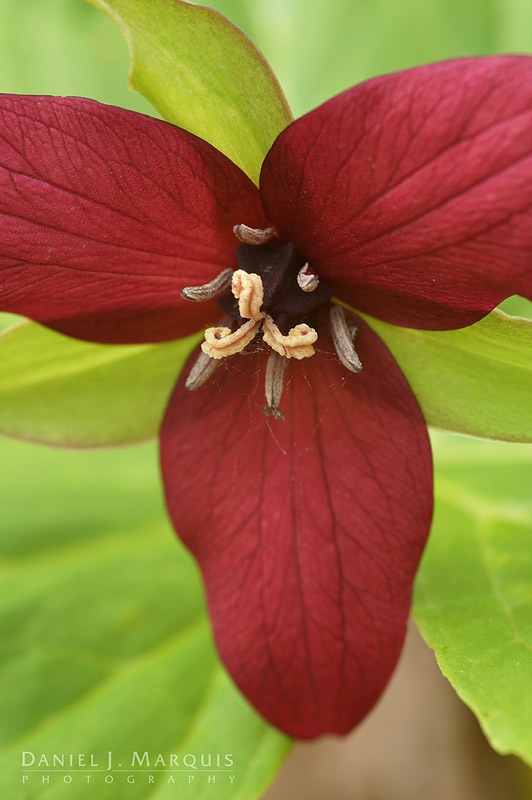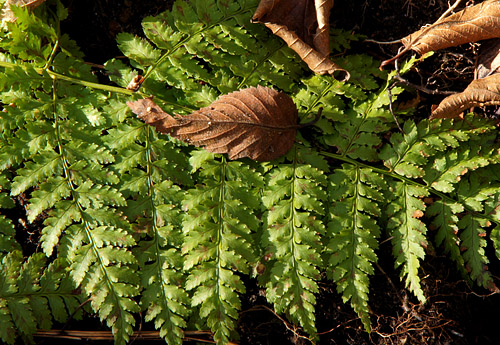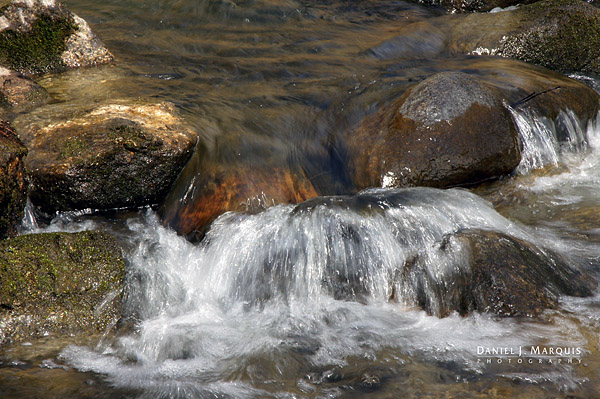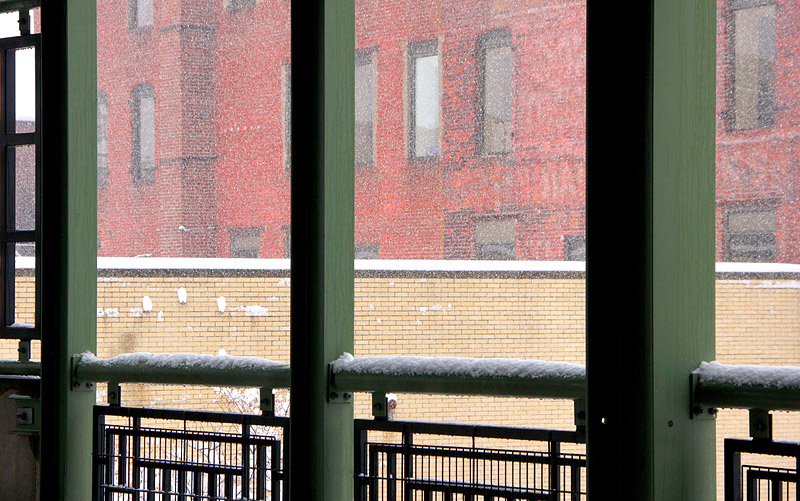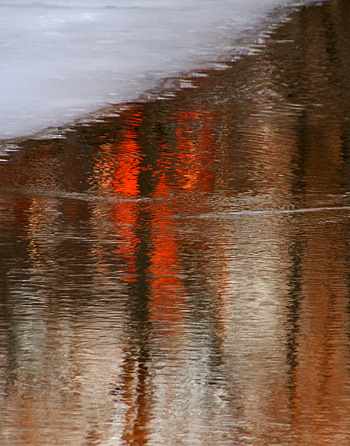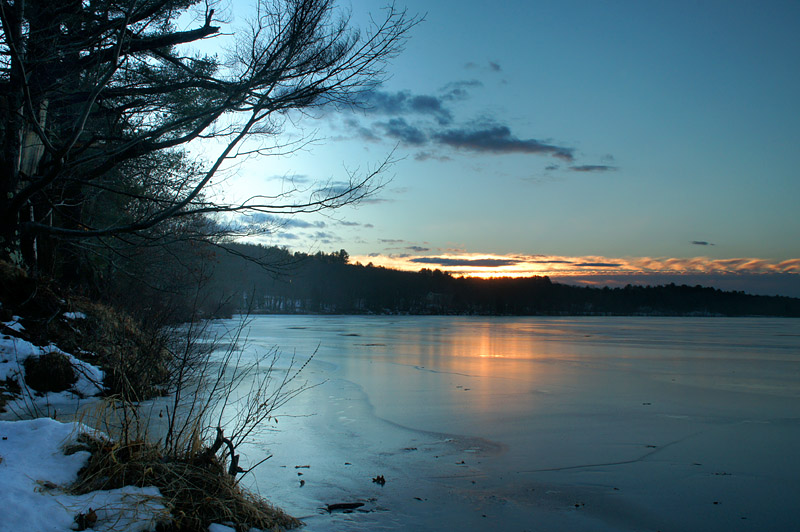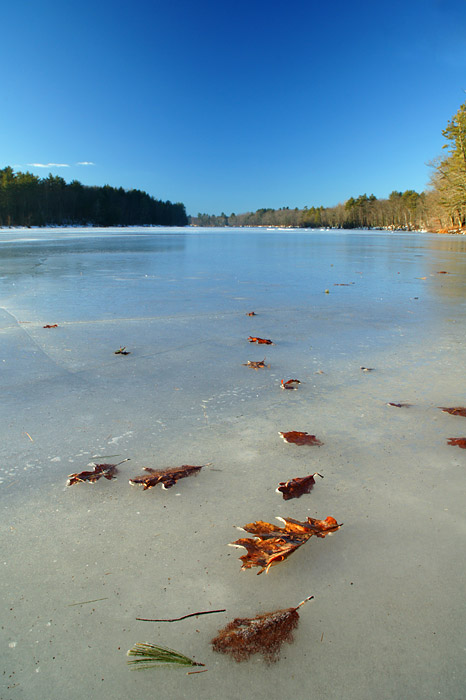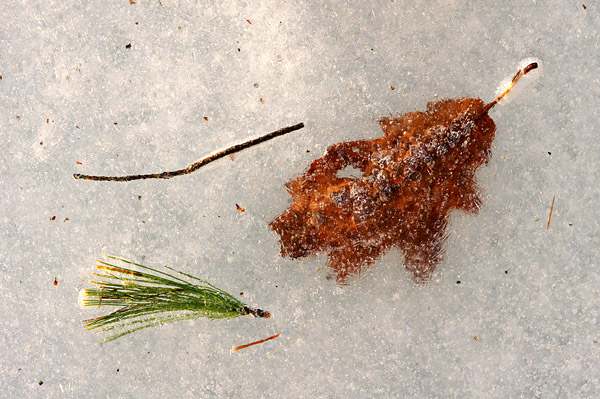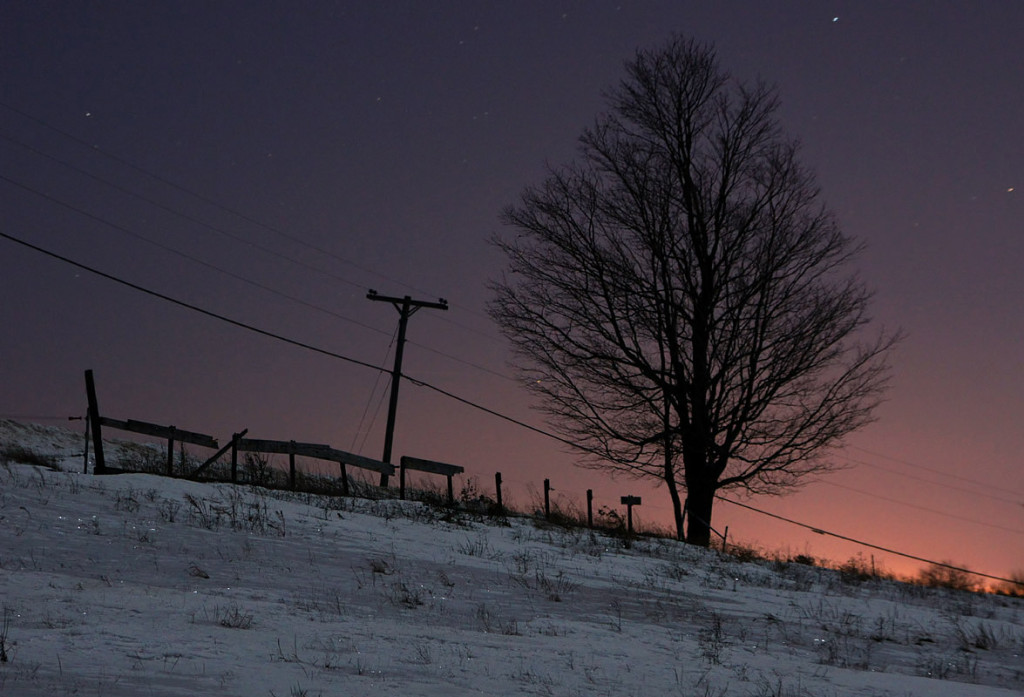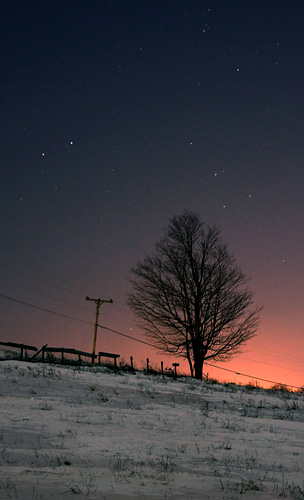So here we are, back into the woods for the second week of springtime woodland images. As you may recall from my last post, the Trilliums were just in bud. Now they are in full bloom. They’ll probably last only about another week. So if you want to photograph them you best get out there now. As with any flower, you always want to photograph them at the peak of their perfection… ideally just after they have opened, in order to catch them without any of the flaws that come with age.
Trilliums can be hard to photograph. They are only about a foot high, which in itself isn’t all that bad. But the flowers hang down, facing the ground. In order to get this shot I had to take the camera off the tripod (something I don’t like to do for macros) and hand-hold it braced on the tripod leg for stability while laying on the wet ground. Being on the forest floor where there isn’t much light, I had to pump up the ISO and decrease my aperture in order to get a fast enough shutter speed for a hand-held shot. Sometimes it takes a few shots to get a good one, but it’s worth it.
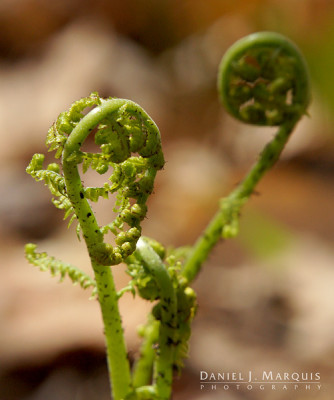 Since last week, the biggest change I saw in the woods, other than the Trilliums being in full bloom, is the emergence of every sort of fern. Some are just sprouting, while others are almost a foot tall; but they are all for the most part still in the ‘fiddlehead’ stage with the heads still curled up to some extent.
Since last week, the biggest change I saw in the woods, other than the Trilliums being in full bloom, is the emergence of every sort of fern. Some are just sprouting, while others are almost a foot tall; but they are all for the most part still in the ‘fiddlehead’ stage with the heads still curled up to some extent.
One tip for photographing ferns and other vegetation in the woods is to look for plants with a limited shaft of light falling on the, while the surroundings , especially the background, is in shadow. This will make the main subject really pop.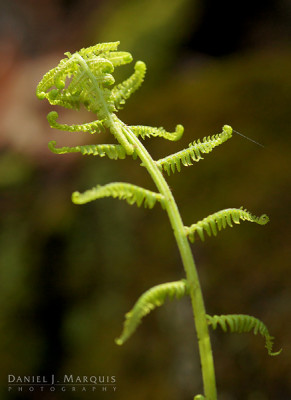
Here’s another image that required removing the camera from the tripod. This is known as Bellwort, aka “Wild Oats”. This was the only one I saw in bloom, but they were all over the place. They will likely be in full bloom next weekend. The flower itself is only about 3/4 to 1″ long, so it required that I get really close to get this shot. It, as well as most of these images, was shot with a dedicated 105mm macro lens. You simply can’t get this close to a subject this small with a “macro” zoom lens
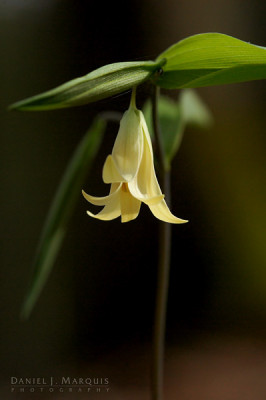
This is another photo that definitely required a macro lens. The largest cap in the group of mushrooms is about 1/2 inch at most. This little cluster was growing on the side of an old tree stump. The time to find mushrooms in the woods is commonly in the fall, so I was lucky to come across these.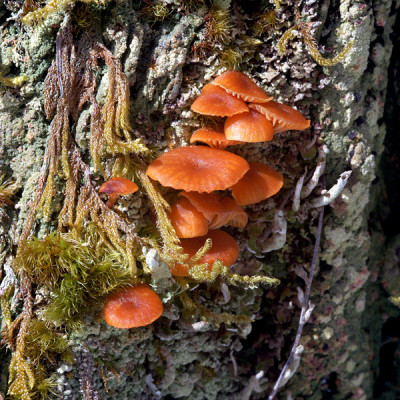
This last photo shows last year’s fruit of the Partridge Berry. This plant is very small and creeps along the ground. The leaves are only about an inch long at most. It is very plentiful, but most of the berries are gone at this point. I’ll give you one guess where the name comes from.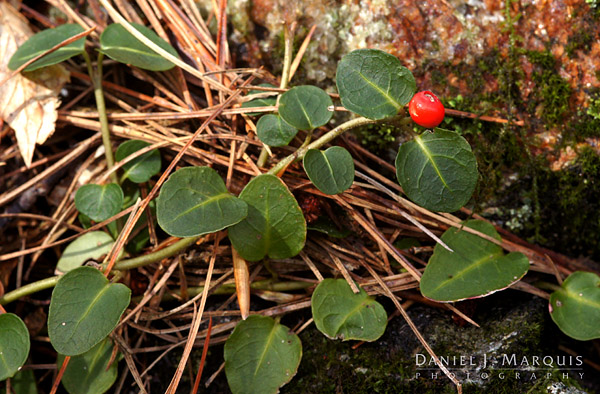 Next weekend some of theses flowers will be gone, some will be in their glory, and others will just be starting to open. Combine this will all the other wonderful things that will be happening in the wood and you’ll definitely want to get out there with your camera. If you don’t live next to any woods, Thorncrag is a wonderful place to search. But wherever you go, be mindful of where you step. you don’t want to destroy some emerging beauty for the sake of a photograph.
Next weekend some of theses flowers will be gone, some will be in their glory, and others will just be starting to open. Combine this will all the other wonderful things that will be happening in the wood and you’ll definitely want to get out there with your camera. If you don’t live next to any woods, Thorncrag is a wonderful place to search. But wherever you go, be mindful of where you step. you don’t want to destroy some emerging beauty for the sake of a photograph.
Just a reminder. all images seen here are available for purchase or licensing.
Visit my web site.

